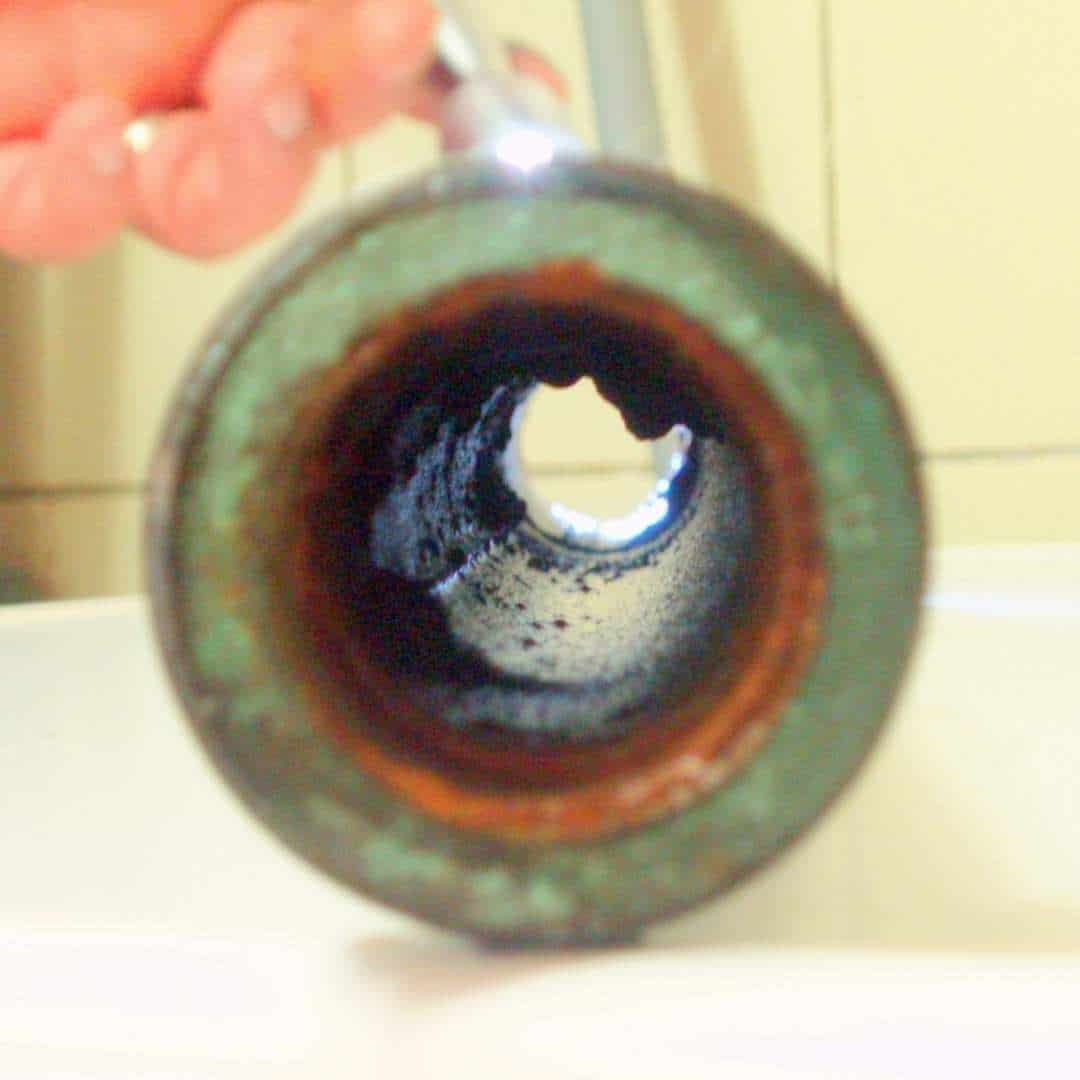This article is adapted from the original in Domotech Magazin (in French).
The originality of AQUA4D® technology is that it does not modify the chemical composition of the water, does not use chemicals, has no discharges, has a very low energy consumption and requires no maintenance. With several thousand installations, dozens of scientific studies and the recognition of numerous organizations, its effectiveness and its both ecological and economic interest are now clear. Let’s look at some of its success stories in urban water infrastructure.
Long-term protection of water systems
Without the use of chemicals, AQUA4D® permanently eliminates and prevents limescale deposits and corrosion, thus improving the long-term protection of sanitary installations, pipes and household appliances. This avoids high costs associated with cleaning and renovation. Unlike salt water softeners, this technology works with any type of water, regardless of its chemical composition and degree of hardness. Water softeners are set for a given water hardness, and water quality is nowadays highly variable during the year, with the networking of the various supply sources. AQUA4D® effects are obtained with any type of pipe, whether steel, copper or synthetic materials. What’s more, the efficiency is observed over several kilometers of pipes.
Elimination of iron bacteria in building water systems
Let’s look at a recent successful case. At the Lenk sports center in the Canton of Bern, the pressure line had to be cleaned. Here, a water collection well for the heat pump, located about 70 m outside the building, is fed by surface/ground water and spring water.
With two pumps, each with a capacity of 75 m3/h, the water is supplied to the heat exchanger via a 250 mm diameter pipe. A self-cleaning filter installed in the pressure line did not perform its function and had to be removed.

Lenk sports centre, where AQUA4D has been installed for 10+ years
Problem analysis
Two water samples analyzed at different locations tend to form limescale deposits. In addition, they contain a high amount of sulfur and a significant amount of chloride: the water is therefore very aggressive, attacking metal surfaces and causing corrosion. The iron ions are dissolved and partially oxidize with the oxygen present in the water, creating an ideal habitat for the development of iron bacteria and other micro-organisms.
Water analysis showed an increase in the amount of iron and manganese in the pump well, from where the water is sent to the heat exchanger through a 70 meter long plastic pipe. Organic deposits form in the pipe and directly in the plate heat exchanger (accelerated by the heat). The problem is aggravated by the combination of mineral (limestone) and organic (iron bacteria) deposits.

Typical corrosion-free AQUA4D inspection
Proposed solution
AQUA4D® is a purely physical solution and works without the addition of chemicals. Corrosion caused by aggressive water is eliminated, existing biofilm is removed and no longer grows, existing lime deposits are removed and new ones are stopped. This was proposed as an ecological and cost-effective solution, given that the three systems already in use at the Federal Office in Magglingen have given full satisfaction.
Results
The recurring adhesion of sludge in the heat exchanger has been avoided, and the cleaning intervals, initially 4 to 8 weeks, are no longer necessary.
As these can increase the suspended solids to the heat exchanger in the initial phase, it is essential to install a bypass before the heat exchanger. Thus, during the first six weeks after commissioning the AQUA4D®, the pipe can be flushed daily for 10 minutes to remove any deposits (mainly biofilm) that are released in this initial phase. In this way, the removed biofilm can be discharged without ending up in the heat exchanger.
Existing deposits in the supply line have been greatly reduced, already in the first two months. All in all, the early stages show significant success, and great potential for combatting persistent problems in water infrastructure.




